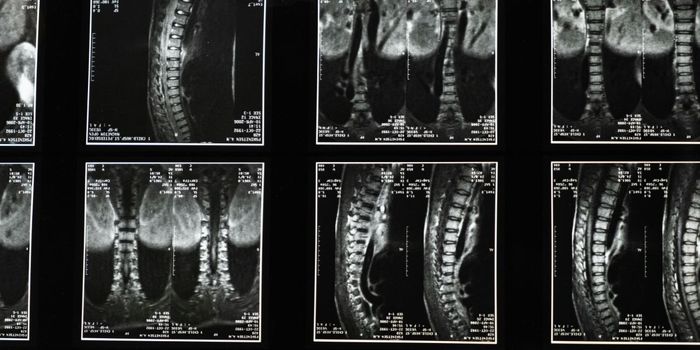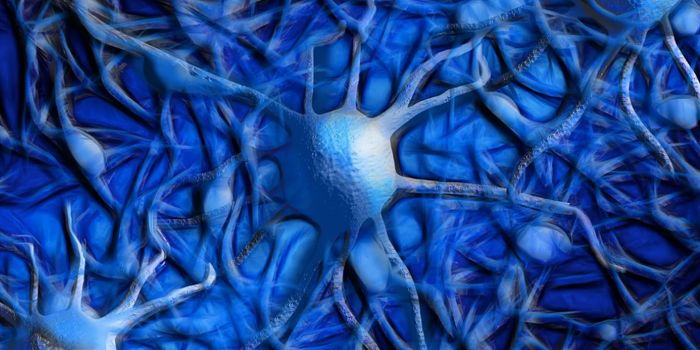CRISPR-Cas12a2 - A New Kind of Gene Scissors
Microbes have long been engaged in an arms race for dominance, and they have molecular weapons and defense mechanisms. This is where the CRISPR-Cas9 gene editing system originated; bacteria can chop up the DNA of invading viruses, and store bits of that DNA in their genome, which acts as a kind of memory of the viral infection. This process was harnessed for use in genetic engineering. But Cas9 is far from the only enzyme that bacteria can use against other microbes. Other enzymes that can cut DNA or RNA, nucleases, have been discovered in microbes.
Researchers have now identified a novel CRISPR nuclease. They were studying nucleases that were found clumped together with the Cas12a nuclease, which cuts RNA and not DNA like Cas9. But these nucleases were unlike Cas12a, and the scientists investigated further. The findings have been reported in Nature.
"This exploration led us to discover that these nucleases, which we called Cas12a2, do something very different not only from Cas12a but also from any other known CRISPR nuclease," said first study author Oleg Dmytrenko, a postdoctoral researcher at the Würzburg Helmholtz Institute for RNA-based Infection Research (HIRI).
Cas12a2 identified foreign RNA in cells, and while Cas12a2 can cleave that foreign RNA, it may also damage the cell's RNA and DNA. This limits the growth of the cell, which can also stop the spread of infection to other cells.
While researchers have known about processes that stop infection in bacterial cells, including some other CRISPR-Cas systems, this is the first time scientists have encountered one nuclease that can both identify invasive RNA and also degrade RNA and DNA in the cell, noted Dmytrenko.
Like other Cas enzymes, Cas12a2 recognizes targets that have a complementary sequence to the enzyme's guide RNA. Cas12a2 is activated by a protospacer-flanking sequence (PFS), and when it hits its target RNA, the target is degraded. A cascade of nucleic acid cleavage ensues in which RNA, single-stranded DNA, and double-stranded DNA molecules are also degraded. This process causes cell arrest, and disrupts cellular growth. Cas12a2 could be used in diagnostics, because it can detect specific RNA sequences.
Structural analyses, reported in a separate paper, showed that after Cas12a2 binds to its target RNA, it undergoes major structural changes, exposing a cleft in the enzyme. That exposure allows the nuclease to degrade any nucleic acid (RNA or DNA) it encounters. Cas12a2 can also be mutated so that after it recognizes its target, it degrades itself.
Sources: University of Würzburg, Beisel et al Nature 2023, Taylor et al Nature 2023









